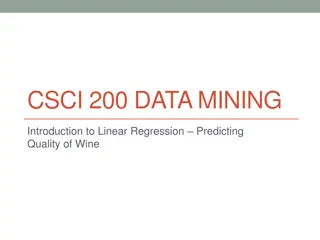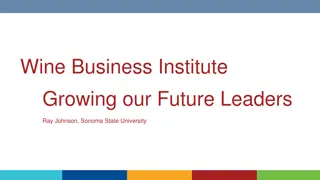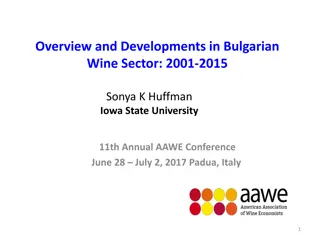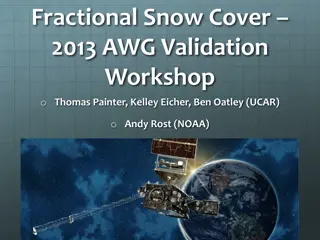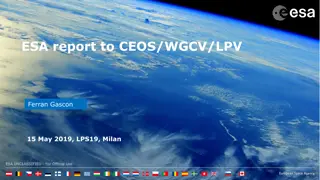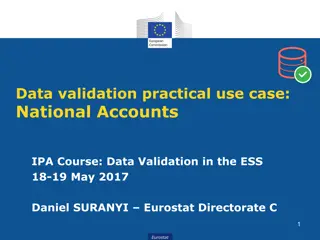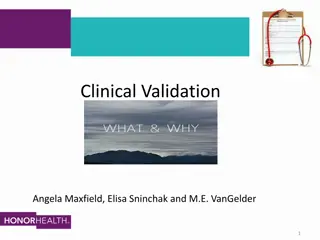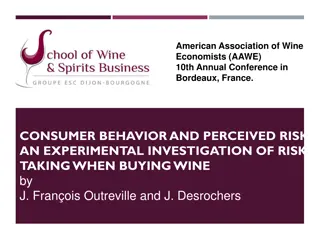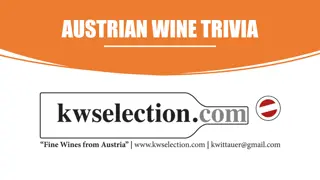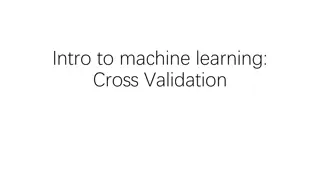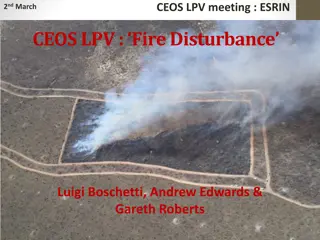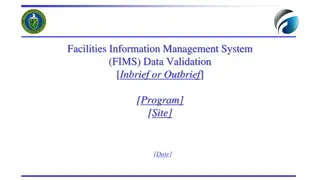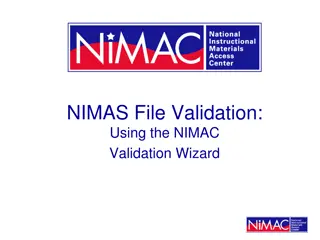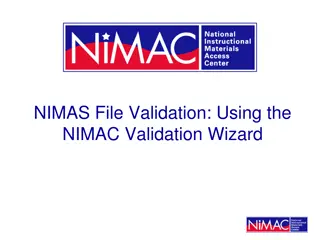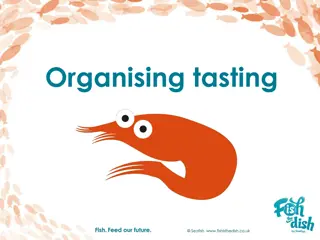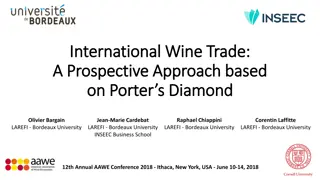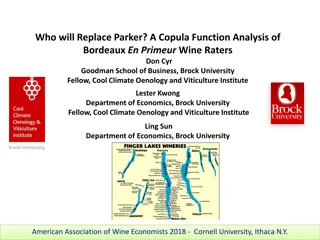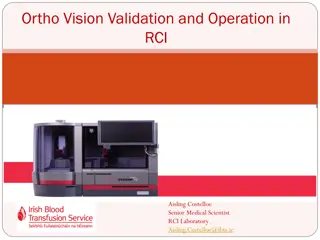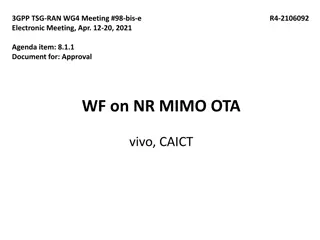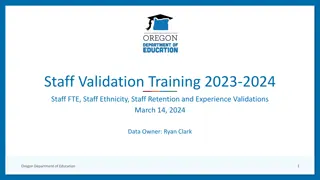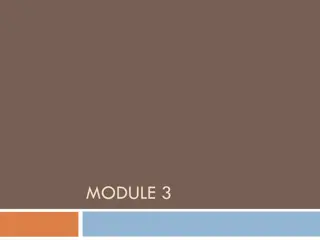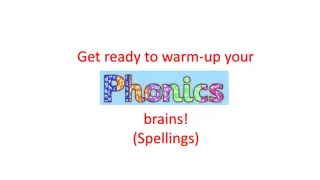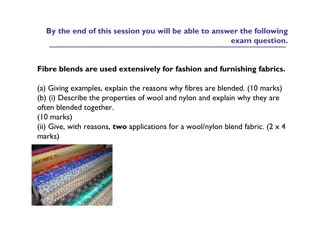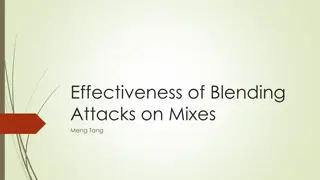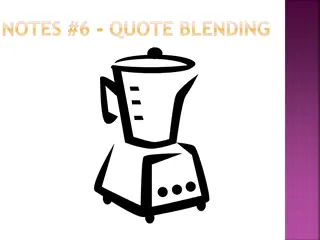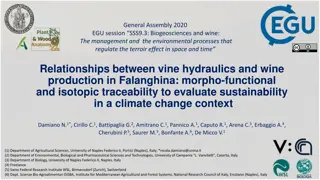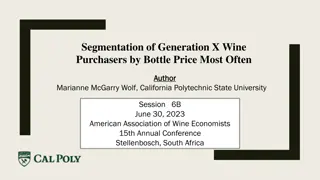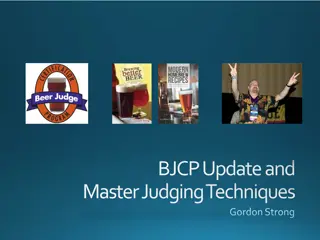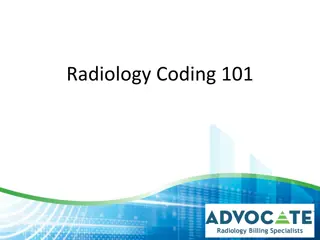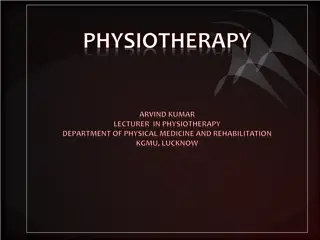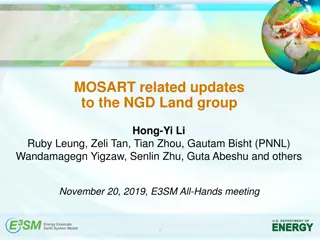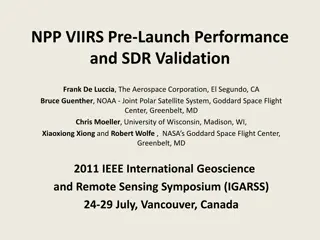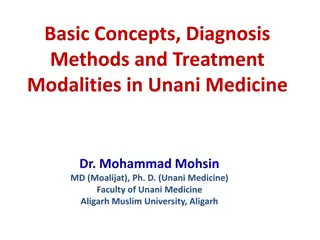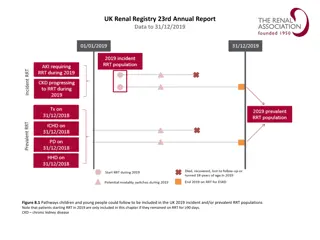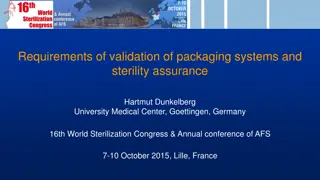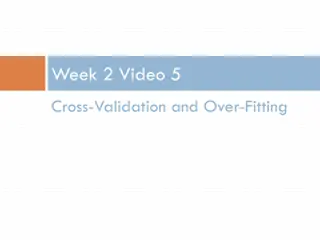Wine Blending and Tasting Modalities for Recipe Validation
This content discusses the process of wine blending and tasting modalities used to validate the recipe of a wine, particularly focusing on the case of optimizing ingredients while maintaining the same wine style. It covers aspects such as the mixing plan, client requirements, wine tasting methodologies, and the challenging nature of representing tasting results. Various images are included to illustrate different stages of the wine production process, from ingredient selection to final tasting evaluations.
Download Presentation

Please find below an Image/Link to download the presentation.
The content on the website is provided AS IS for your information and personal use only. It may not be sold, licensed, or shared on other websites without obtaining consent from the author. Download presentation by click this link. If you encounter any issues during the download, it is possible that the publisher has removed the file from their server.
E N D
Presentation Transcript
Mixing plan for wine blending and tasting of the modalities to validate the recipe of a wine Margaux RENAUD Sitges, 08/03/2023
Chne & Cie Aok wood sticks & chips French Cooperage American Cooperage Hungarian Cooperage
R&D department From forest to wine Forest Oak Grain Wine or spirit aging Barelling steps Duration Cellar atmosphere Microbiology Caox/Redox Tasting Staving Natural Seasoning Climate Change biochemistry Barrels in cellar Preparation process Cellar conditions Cleaning operations Barrels/ casks Design Capacity Mechanical strains Toasting process biochemistry Internal projects Collaborations
Mixing plan for wine blending and tasting of the modalities to validate the recipe of a wine
Client issue In this case, the client want to keeping the same wine style and optimize its ingredients For this wine, he has 4 different ingredients Our team follows ingredients during the ageing At the end of the ageing, we create a mixing plan
Wine tasting Wine recipe is decided thanks to tasting Quantitative tasting : profile with grade, process by ANOVA Large and trained panel In our case : small and various type of taster
Tasting type : Free sorting The panel taste samples and make group. Two samples in a same group are considered as similar, and two samples in different group are considered as different. Taster can make as many group as they want but avoid to make only one group or groups with only one sample. Each group is described with few descriptor to describe it. Group 2 Group 4 Spices Wood Group 3 Group 1 Fruity Chestnut
Tasting is a difficult exercise to modelize or to represent Using free sorting : descriptive tasting Data processing by JMP : Possibility to show the result right after the tasting, and to discuss about with the panel. So we can validate the result with panel s feelings Able to have result with a small and untrained panel In this case, the client has adjusted his recipe thank to the mixing plan


